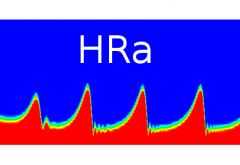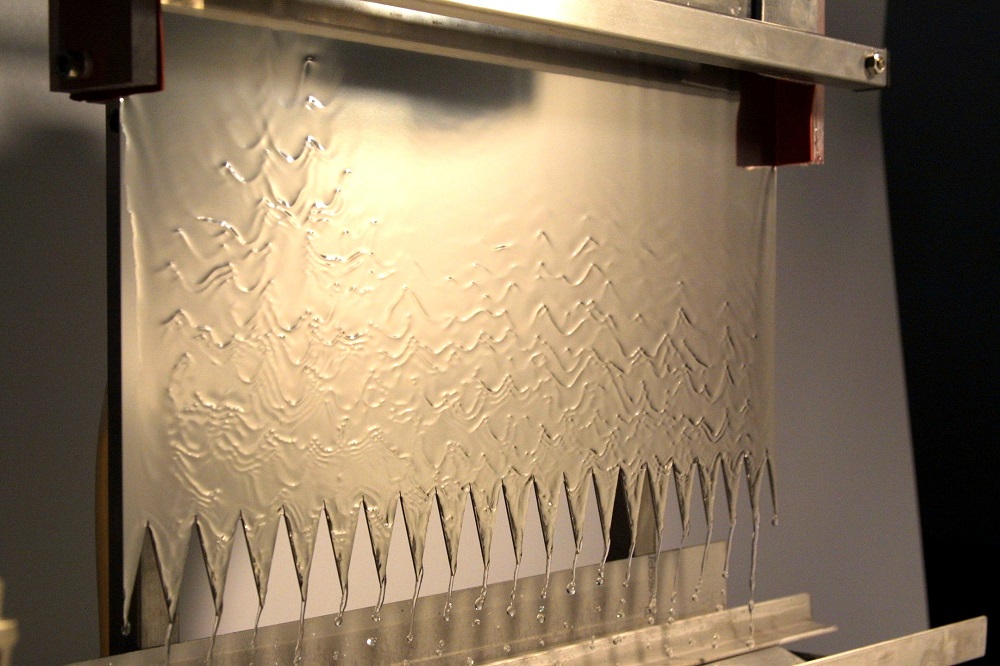What are jets? What does QCD mean?
The intuitive picture of a jet is a collimated spray of particles which is created by the collision of two particles in a high energy physics experiment. (There can be more than one jet.) Quantum chromodynamics (QCD) is the physical theory behind them. It states that a certain class of particles, hadrons, are built of quarks and gluons. If a quark or gluon is scattered, a jet is created. A quark or gluon has never been observed as a free elementary particle and QCD states that this is not possible. Instead after a scattering new particles are created very rapidly that can be observed. Regarded as a jet they have the momentum of the scattered quark or gluon. The exact definition of a jet is not trivial and there are sophisticated algorithms to find them.
Why are jets interesting to physicists?
With their aid conclusions can be made on the fundamental process without having to measure a free quark or gluon.

